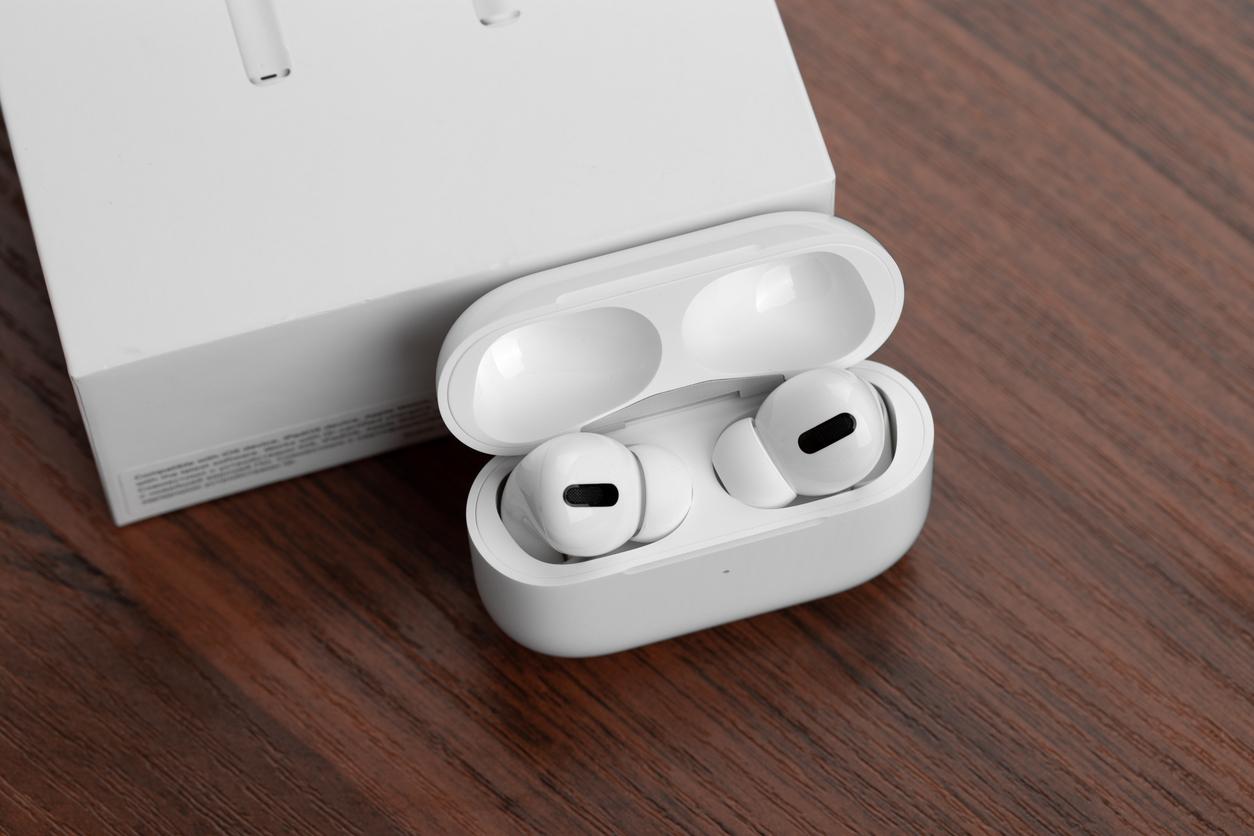
The ING bank is working on a new method of mutual payment. Forget Tikkie, point your phone at someone else and pay with NEAR.
The Dutch ING bank is developing a new method of mutual payment with NXP Semiconductors and Samsung. The idea is that you point your mobile phone at the recipient’s phone and pay. ING christens this payment method NEAR† We are curious whether this will become as common a concept as Tikkie, which was developed by ABN Amro.
How does it work?
The new method uses NXP’s ultra-wideband technology and can be used on the newer generation of Samsung phones. In the ING banking app, you select the person in your physical proximity who you want to pay. You see the receiver including its distance in the app. You enter the amount, press OK and the recipient will immediately see the amount stated in his overview.
Both payer and recipient must have NEAR and both phones must have UWB technology on board. So there are still some limitations, but can be ideal for fast transactions. For example, if you sell something to a private individual via Marktplaats and the buyer wants to pay digitally at the door or wants to donate money to a collector in an accessible way. You no longer need data such as telephone numbers, names or email addresses. Aim, click, done.
pilot
In the second half of this year, the system will be tested internally by ING and NXP in the Netherlands. At the end of the internal pilot, it will be examined how the bank’s customers can be actively involved in further development.
Samsung
For this trial, Samsung has provided ING and NXP with access to their devices to enable the payment system. The Samsung Galaxy Note 20 Ultra, the Galaxy S21 Ultra and the Galaxy S22+ Ultra can handle NEAR.
The method reminds us a bit of Airdrop from the iPhone. However, it will still take some time before we all, including iPhone users, can get started with NEAR. For example, only a few Samsung models support the technology and Apple will also have to grant ING and NXP access to their devices before you can use this on your iPhone, for example. Apart from the fact that the iPhone must also be able to talk to, for example, a Samsung.





















